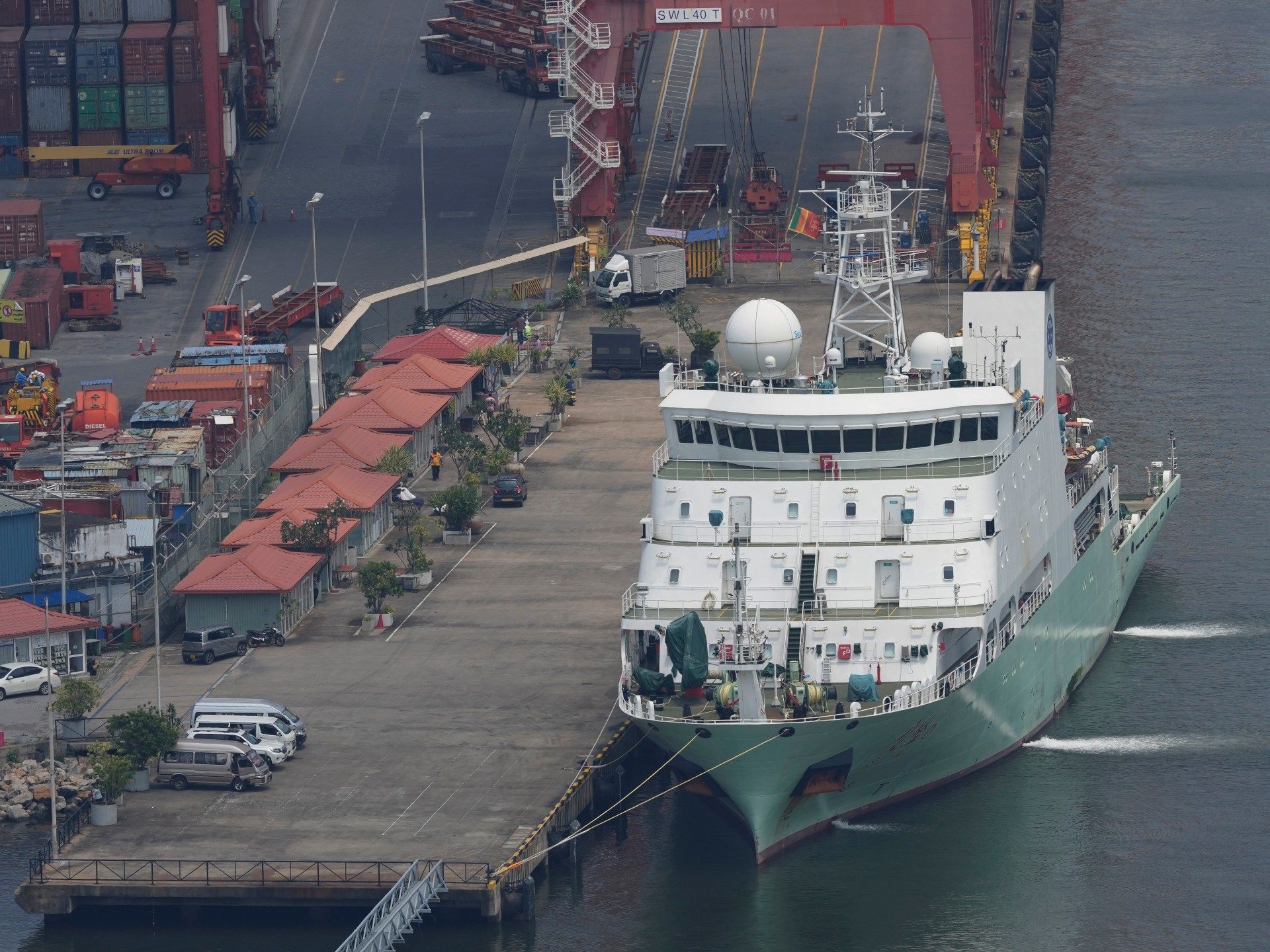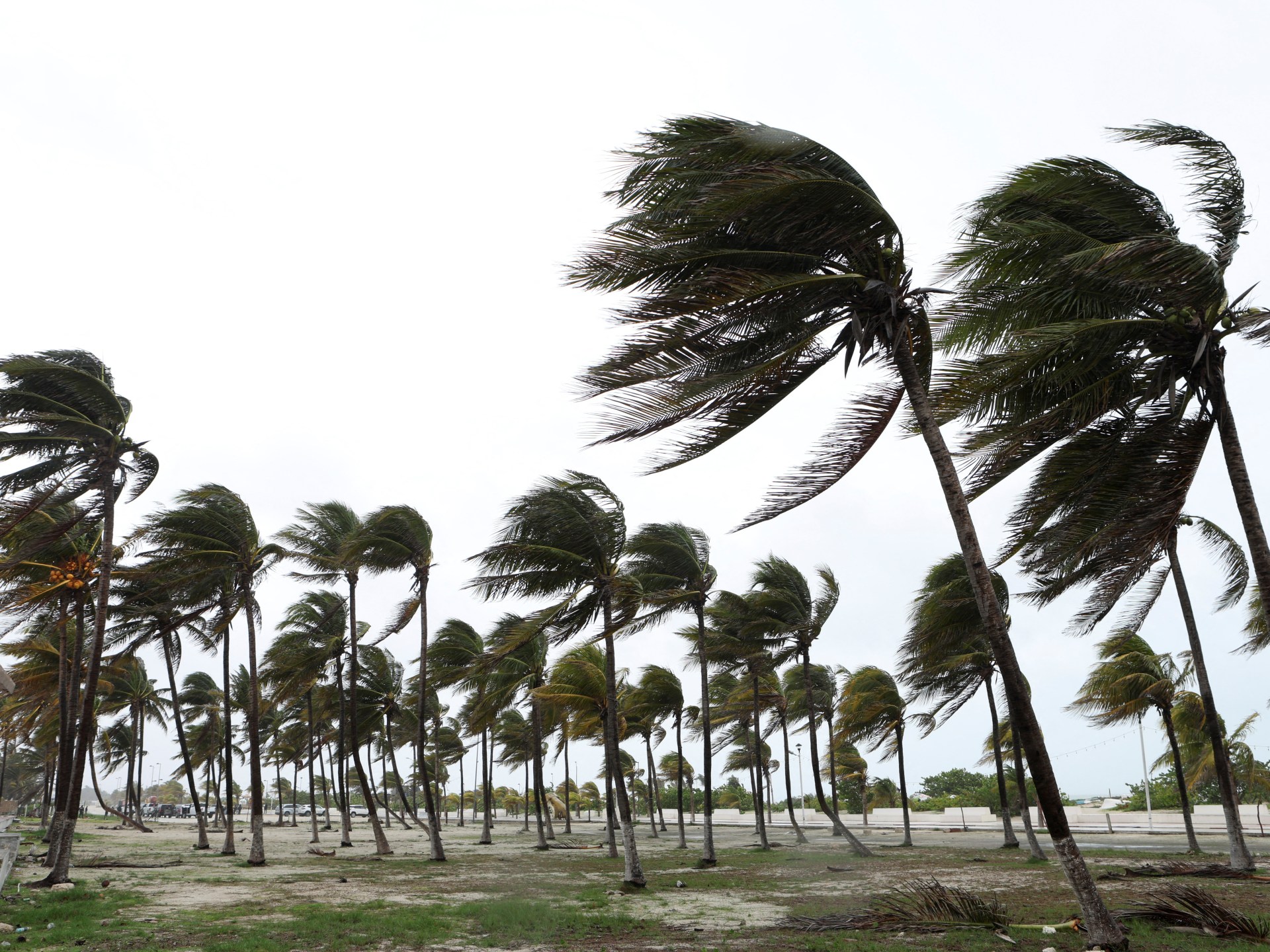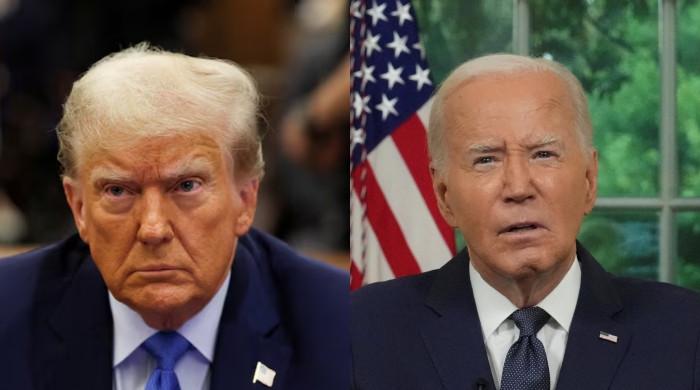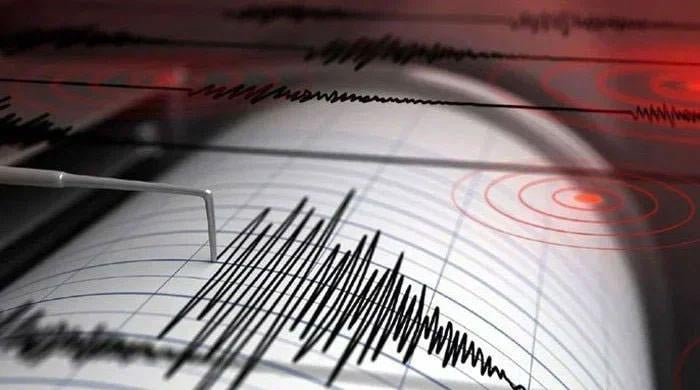India is fighting for rights to explore a cobalt-rich seamount in the middle of the Indian Ocean, but its bid has run into competing claims at a time when Sri Lanka is also seeking to exploit the region for precious minerals.
The urgency behind India's request comes from fears about China's presence in the Indian Ocean, at a time when the world's second-largest economy already dominates the global cobalt supply chain, Indian officials and analysts said. to Al Jazeera.
Cobalt is a key mineral widely used in electric vehicles and batteries and is considered a vital element in the transition to green energy.
In January, India had approached the Jamaica-based International Seabed Authority seeking approval to explore the cobalt-rich Afanasy Nikitin seamount, which lies in the central Indian Ocean, east of the Maldives and about 1,350 kilometers (850 miles) from the Indian coast. . Formed in 1994, the ISA is an autonomous international organization charged by the United Nations Convention on the Law of the Sea to regulate economic activity on the seabed.
India also paid a fee of $500,000 to the ISA to consider its application, in which it expressed its desire to conduct extensive geophysical, geological, biological, oceanographic and environmental studies in the proposed area over 15 years. The seamount consists of 150 blocks spread over 3,000 square kilometers (1,158 square miles).
But in assessing India's request, the ISA found that the Afanasy Nikitin seamount lies entirely within an area also claimed by another country as being within the limits of its continental shelf, according to a note shared by the organization with Al Jazeera. . Although the ISA did not name this other country in its response to India, experts believe Sri Lanka is the nation the seabed authority was referring to. A country's continental shelf is the edge of its land mass beneath the ocean.
According to a note shared by the ISA with Al Jazeera, the seabed authority sought a response from India to its conclusion on competing territorial claims. But on March 12, India said it would not be able to respond in time for the ISA to consider its comments during the 29th Session of the ISA Legal and Technical Commission, which is considering the application.
As a result, the ISA note states that India's application has been “put on hold”. The ISA is expected to review the request again once India responds.
Sri Lanka's claim
Typically, a country's continental shelf extends up to 200 nautical miles (370 kilometers) from its coast, marking an exclusive economic zone that only that nation can exploit for economic purposes, although ships from other countries can pass through it unhindered.
But coastal nations can appeal to the United Nations Commission on the Limits of the Continental Shelf (CLCS) arguing that the outer limits of their continental shelves extend beyond 200 nautical miles.
That's what Sri Lanka did in 2009, requesting an extension of the limits of its continental shelf from 200 nautical miles to a much larger area. The CLCS is yet to decide on Sri Lanka's claim, but if accepted, the Afanasy Nikitin seamount would fall within Sri Lanka's nautical limits.
The CLCS, which is tasked with examining nations' claims to the limits of the extended continental shelf, has in the past accepted such requests: Pakistan, Australia and Norway have claims to maritime territories extending beyond 200 miles nautical features of its coasts, for example.
In 2010, India responded to Sri Lanka's submission to the CLCS, without contesting its smaller neighbor's claims. But in 2022, it changed its position to argue that Sri Lanka's claims would harm India's interests. India asked the commission not to “consider or qualify” the submission made by Sri Lanka.
Al Jazeera sought comment from the governments of India and Sri Lanka on their competing claims but did not receive any response.
Chinese presence
But it is not Sri Lanka that worries New Delhi most, analysts say.
A senior maritime law expert said India's move appears to be driven more by a desire to establish a foothold in the area to deter any Chinese presence than by any immediate exploration objectives.
“India's claim is not intended to start exploration immediately but to establish its presence and interest before China comes into the picture,” said the maritime expert, who is now a senior official in the Indian judiciary, requesting anonymity. due to his position.
According to the ISA, China, Germany and South Korea currently have contracts for deep-sea exploration in different parts of the Indian Ocean.
Nikhilesh Nedumgattunmal, assistant professor of maritime law at Dr. Ambedkar Law University in Chennai, India, said the location of the Afanasy Nikitin seamount – well outside the exclusive economic zones of any country – strengthened India's case against the ISA. “India has the right to request exploration permission from the ISA,” he told Al Jazeera.
What is at stake?
KV Thomas, a retired scientist at the National Center for Earth Sciences Studies in Thiruvananthapuram, India, echoed the senior judicial official's assessment that China is a key factor behind India's decision.
Thomas said India's deep sea mining initiatives are at a nascent stage. However, in recent years, the country has demonstrated its ambition.
In 2021, it launched a Deep Ocean Mission to explore deep-sea resources, with an allocation of $500 million over a five-year period.
In 2023, the Indian government said that, under the Deep Ocean Mission, it was developing a manned deep-sea mining submersible, which would carry out “exploratory extraction of polymetallic nodules from the seabed.” Polymetallic nodules, also called manganese nodules, are rock concretions that serve as vital sources of critical minerals, including cobalt.
China currently controls 70 percent of the world's cobalt and 60 percent of lithium and manganese (other critical minerals) according to the International Renewable Energy Agency. But India, which has set a 2070 deadline to reach net-zero emissions, needs access to these minerals to boost its clean energy economy.












